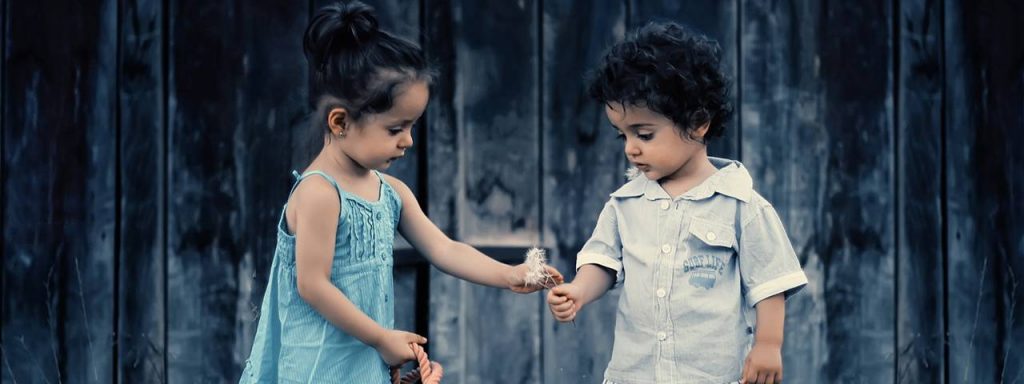Primitive reflexes are essential for development of your baby’s brain. However, if these are ‘retained’ there could be consequences for your child.
The foundation of a child’s ability to learn and develop starts with their primitive reflexes. In their first few months of life, primitive reflexes — the reflex actions in the central nervous system — are crucial for the development of their brain.
To a parent, the primitive reflexes can be seen as their child’s ability to grab with their fingers, crawl, move or tilt their head in response to sound or movement. These slight movements are signs of a healthy newborn.
However, very importantly, as a baby’s brain matures, they should lose these basic primitive reflexes and no longer display them after 5-7 months.
Retained primitive reflexes can impact a child’s learning, attention, reading and sports performances.
Retained primitive reflexes may result from a problem at birth or during those first few months of infant development. Retained primitive reflexes can show itself from something as small as a lack of crawling to something more severe like a child that is prone to falls or poor body control.
When a child retains primitive reflexes it can not only affect their development but their vision as well.
If you are concerned that your child has retained primitive reflexes, visit your eye doctor for an eye exam.
Contact an eye doctor near you that can conduct eye exams that can help find a solution to your child’s needs.
SEE RELATED: Anxiety Activated by Reflex Codes
What are primitive reflexes?
Primitive reflexes are involuntary/automatic movements essential for the development of head control, sensory integration, and overall development. Primitive reflexes combine into the growing brain, as a baby grows.
These actions should no longer be active as these movements become controlled and voluntary.
Retained primitive reflexes can significantly affect a child’s school achievements, confidence and self esteem.
Movement is crucial to integrating primitive reflexes. Movement and vision go hand-in-hand. The integration of primitive reflexes allows a person to move through the world as they develop through the early childhood stages of life. Each stage of development is affected by the integration of primitive reflexes, from fine motor to gross motor to oculomotor.
Causes of retained primitive reflexes
There are many reasons which may contribute to primitive reflexes being retained or “active.”
Retained primitive reflexes may be the result of:
- Lack of movement in utero
- Stress of the mother and/or baby during pregnancy
- Infants spending extended time in car seats, carriers, walkers or jumpers, all of which restrict movements.
- Illness, injury, trauma, chronic stress
- Other developmental delays
If later on in life there is a trauma, injury, or stress, reflexes that are integrated may become reactivated.
When primitive reflexes are not integrated, it is important to take care of those missing developmental stages.
Fortunately, with vision therapy, there are ways to retrain and assess the brain which ultimately helps develop the neural pathways necessary to ensure the maturing of your child’s brain.
Vision therapy and primitive reflexes
A vision therapy program provides exercises to address primitive reflexes.
By imitating the movements of an infant in developing, using rhythmic movement training techniques, patients are able to integrate these retained reflexes.
After a program of vision therapy the behavioral and learning issues affected by retained primitive reflexes may become resolved.
Vision is directly connected to the brain. By addressing retained primitive reflexes, a vision therapy program provides the most comprehensive approach to resolving problems that arise.
LEARN MORE: Guide to Visual Development
If you are concerned about your child’s vision, contact an eye doctor near you to schedule an appointment, they will provide you with information about on vision therapy and the benefits to your child.


